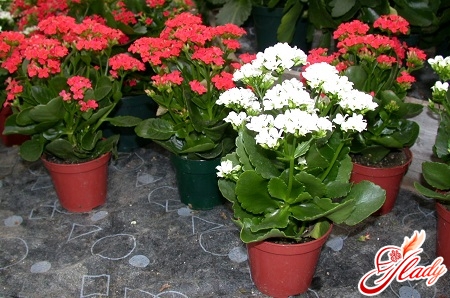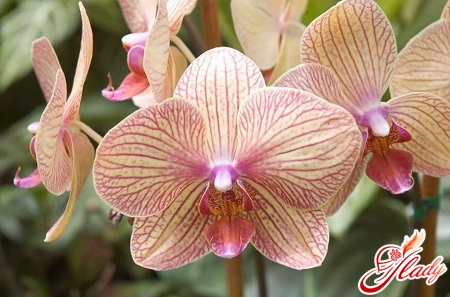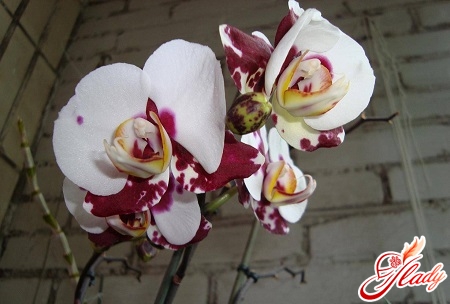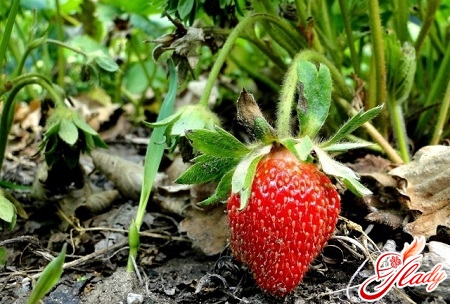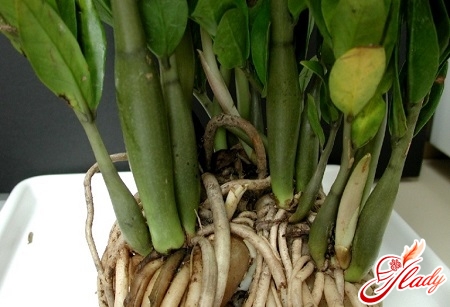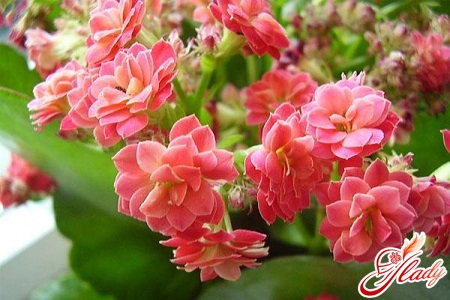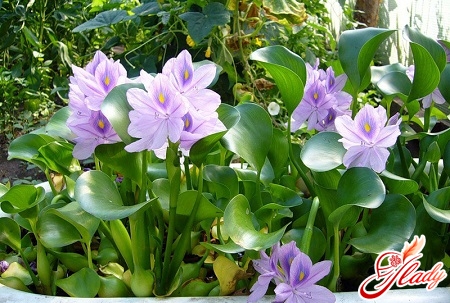 With the appearance of decorative reservoirs in our gardensMany gardeners are puzzled by the choice of plants for their decoration. Therefore, along with the traditional and habitual green and flowering plantations in our gardens there are water lilies, lilies and hyacinths floating in artificial ponds. But, unfortunately, not everyone knows that hyacinths, harmless at first sight, are real aggressors capable of filling the entire surface of the reservoir in a certain time. Water hyacinth (eichornia), of course, is beautiful and unpretentious, and therefore very popular with domestic gardeners. Yes, that's just inherently an ordinary water weed. Therefore, it should be grown in a special way, skillfully restraining the irrepressible growth of this aggressor. We suggest you find out what kind of plant it is, and how to grow it in its reservoirs.
With the appearance of decorative reservoirs in our gardensMany gardeners are puzzled by the choice of plants for their decoration. Therefore, along with the traditional and habitual green and flowering plantations in our gardens there are water lilies, lilies and hyacinths floating in artificial ponds. But, unfortunately, not everyone knows that hyacinths, harmless at first sight, are real aggressors capable of filling the entire surface of the reservoir in a certain time. Water hyacinth (eichornia), of course, is beautiful and unpretentious, and therefore very popular with domestic gardeners. Yes, that's just inherently an ordinary water weed. Therefore, it should be grown in a special way, skillfully restraining the irrepressible growth of this aggressor. We suggest you find out what kind of plant it is, and how to grow it in its reservoirs.
reference Information
In natural conditions, water hyacinth grows infresh water in the subtropical and tropical climatic zones. The most densely populated area of the hyacinth is the Amazon river basin, where the average annual temperature fluctuates between 20-27 degrees Celsius. Basically, this plant floats on the surface and only occasionally takes root in the muddy bottom. The entire green mass of the hyacinth is on the surface, and its roots are hidden by water. What is remarkable, water hyacinth can settle in water bodies of almost any depth. Water hyacinth is a floating plant with large oval leaves, which have swellings at the base of leaf petioles. These air-filled blisters and keep the leaves on the surface, performing the role of floats. Smooth dark green leaves of the hyacinth are gathered in a basket, and similar to orchids flowers bloom only for one day. These are graceful lilac flowers with six petals, one of which is decorated with a bright spot, and the center of the flower is dark blue high stamens. After pollination on the spot of the flower, a fruit appears with the seeds that enter the water during the lowering of its level. Once in the water, the seeds grow very quickly, although they need good lighting and a temperature of at least 26 degrees Celsius for their germination. In the domestic climate, water hyacinth reproduces in a vegetative way, releasing new horizontal shoots from the leaves baskets. Note that aggressively behaves eyhornia only in a warm and mild climate, for which it was called the green plague. But in the cool regions, eichornia is just called water hyacinth, although it has nothing to do with hyacinths as such. 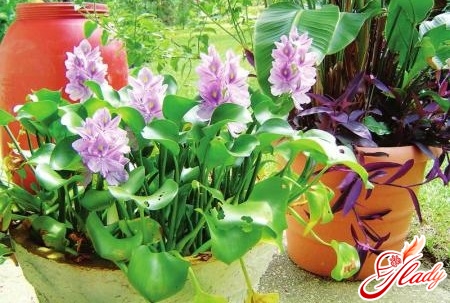
Conditions of maintenance and cultivation
Special problems with growing water hyacinththere is no summer. He is unpretentious and does not need any care. The only thing necessary is to restrain the intensive growth of this flower. To do this, remove excess side shoots, growing from the leaf sockets. Just do it carefully, because the juice of the plant contains substances that irritate the human skin. In the beginning of autumn, water hyacinth should be prepared for wintering. It is important not to miss the moment when the water temperature drops to 10 degrees. At a lower temperature, the water hyacinth can freeze and die. Therefore, when the temperature drops to 10 degrees Celsius, the flower is caught from the water and transferred to the wintering tanks. Capacities must be filled with water from the pond, which in the summer grew eyhorniya. You can take mud from the pond instead of water, but it is best to leave the water hyacinth to stay afloat. Containers with hyacinth should be placed away from central heating batteries and constantly moisten the air around the flower. And still it is necessary to watch, that эйхорния constantly was in water. In addition, water hyacinth poorly tolerates drafts, so containers with flowers should be placed away from the balcony doors and windows. Nevertheless, winter water hyacinth should be provided with the access of fresh air to the flower. Therefore, you can not put it in the terrarium or cover with transparent caps. In the rest period it is necessary to contain a flower with a light day lasting not less than twelve hours. Therefore, with the onset of twilight, the water hyacinth is illuminated with a fluorescent lamp. In case of insufficient illumination, the eichornia will begin to lose leaves, although when it moves to the summer pond, it will quickly recover. What can not be done in any case, is to place a water hyacinth for the winter in the cellars and dark rooms. In this case, the plant is likely to wither. So that the leaves of wintering eichornia do not rot, it can be placed on a ring float so that the leaves do not touch the surface of the water, and the roots are completely immersed in water. Some growers recommend storing water hyacinth in moist sand. But, as practice shows, the eichhorn perfectly winters in an ordinary aquarium at a temperature of 24-26 degrees Celsius and additional fluorescent lighting. Planted ayhorniyu in an open reservoir in June. If during the wintering period the plants are weakened, then it is possible to add a little superphosphate to the pond. Keep in mind that some varieties of water hyacinth, sold in stores, do not bloom in a cool summer. In general, this flower, with reasonable restraint of its growth, becomes a beautiful ornament of the garden pond. In addition, eichornia is able to purify water from organic pollutants. So with proper care, you get not only a beautiful and unpretentious plant in your pond, but also a kind of water orderly. Good luck!




